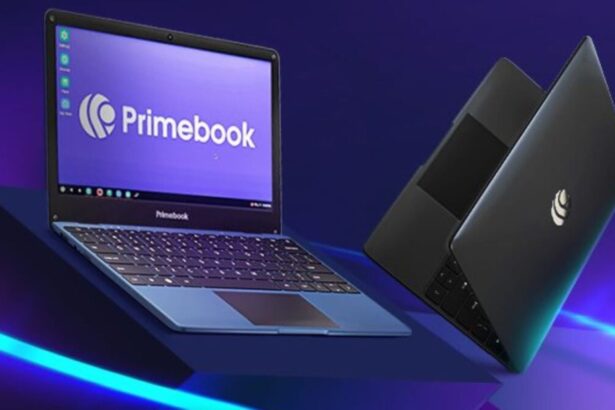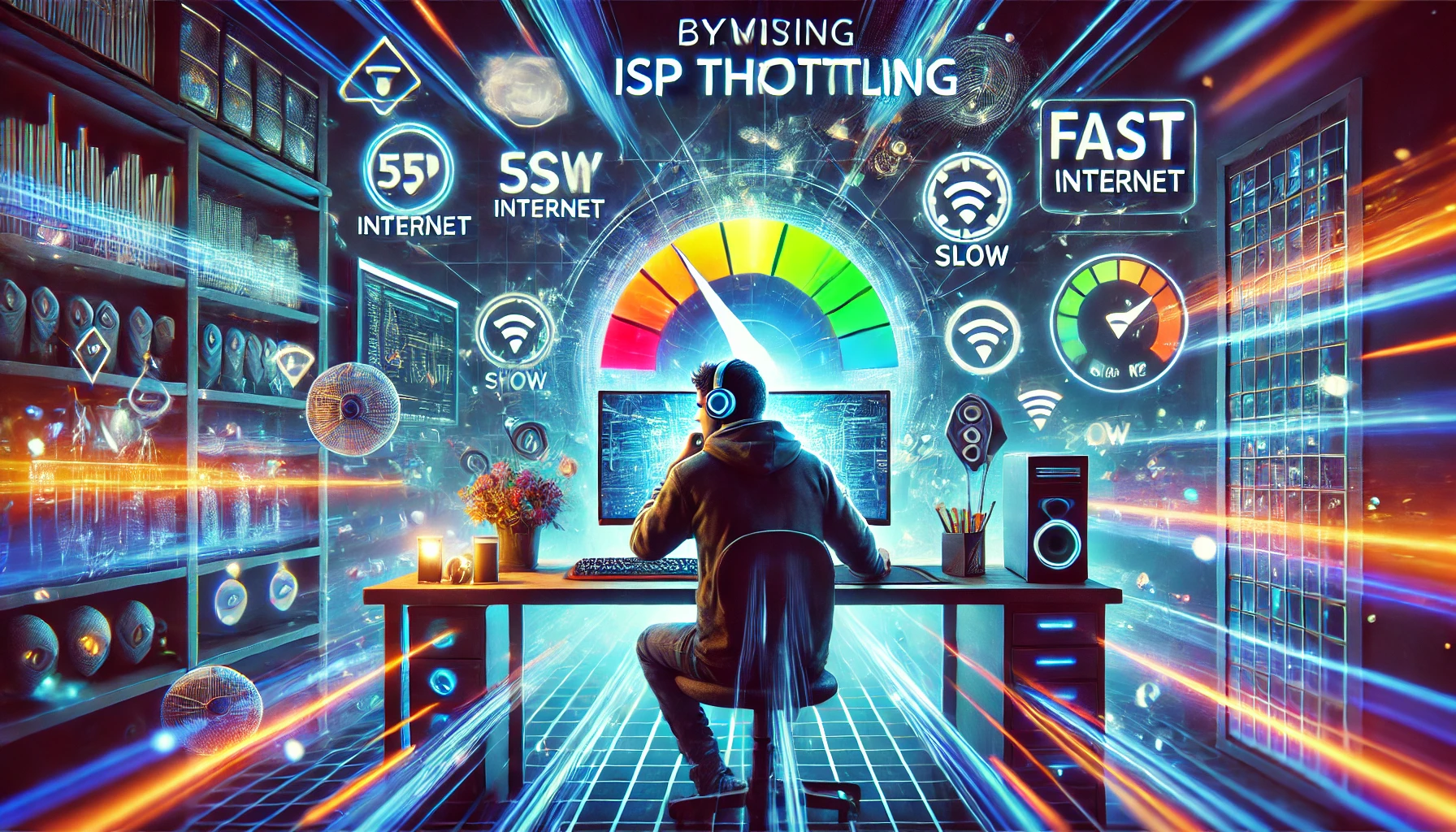Powering India’s SOHO Revolution: How Smarter Tech Fuels Solopreneurs
From home bakeries flourishing in Tier 3 towns to content creators thriving…
Gamification and Interactive Displays: Tools that are Making Classrooms Fun Again
Classrooms today are undergoing a remarkable transformation—not just in terms of tools,…
Top Features That Make OnePlus 13R a Gaming Powerhouse
Explore the OnePlus 13R's top features designed for serious mobile gamers. Find…
Say goodbye to traditional Cable TV: 3 reasons why IPTV is the future
In today’s fast-paced digital world, the way we consume entertainment has dramatically…
How Online Skill-Based Gaming Fosters Healthy Competition and Teamwork
The digital gaming revolution has transformed traditional pastimes into dynamic arenas for…
How Cloud and Android Integration is Setting New Standards in Education Tech?
Imagine a 13-year-old in a remote location, starting his day by logging…
The Need for Set-Top Boxes in India’s Smart TV Revolution
The rise of technology and internet connectivity, driven by increased purchasing power,…
7 Ways to Foster Equity in Your Organisation
Equity in an organisation ensures that all employees, irrespective of their background,…
Exploring Turbologo’s AI-Powered Design Features
Unleash your creativity with Turbologo's AI-powered design tools. Generate stunning logos, explore…
Why Every Internet User Needs a Website Safety Extension in 2024
Let’s be real: the internet is like a city, full of amazing…
MG Windsor EV: 5 Reasons to Buy and 2 Reasons to Skip
The MG Windsor EV is making waves as a unique entrant in…
How to Bypass ISP Throttling While Gaming
Imagine being in the middle of a game and suddenly the lag…
Tips for Parents to Help Reverse Amblyopia in Children
Amblyopia, often known as "lazy eye", is a common visual disorder in…
Gamification in Education: Exploring the Role of EdTech Startups
Within the constantly changing world of educational technology, one trend has risen…





































